
Myth map 👉 https://mapmyths.com
Long reads 👉 https://mapmyths.com/blog


Possible candidates for Enchuyser include the sandbars Hvalbakur or Færabakur, both of which lie significantly closer to the Icelandic coast.

Possible candidates for Enchuyser include the sandbars Hvalbakur or Færabakur, both of which lie significantly closer to the Icelandic coast.
The name change was apparently an homage to Carolus' hometown of Enkhuizen.

The name change was apparently an homage to Carolus' hometown of Enkhuizen.
The mission was apparently successful, with the discovery of two new islands. The first he named Nyeu Hollandt, while the other he named Opdams Eylandt.

The mission was apparently successful, with the discovery of two new islands. The first he named Nyeu Hollandt, while the other he named Opdams Eylandt.
(Two Scotch miles are the equivalent of three English miles)
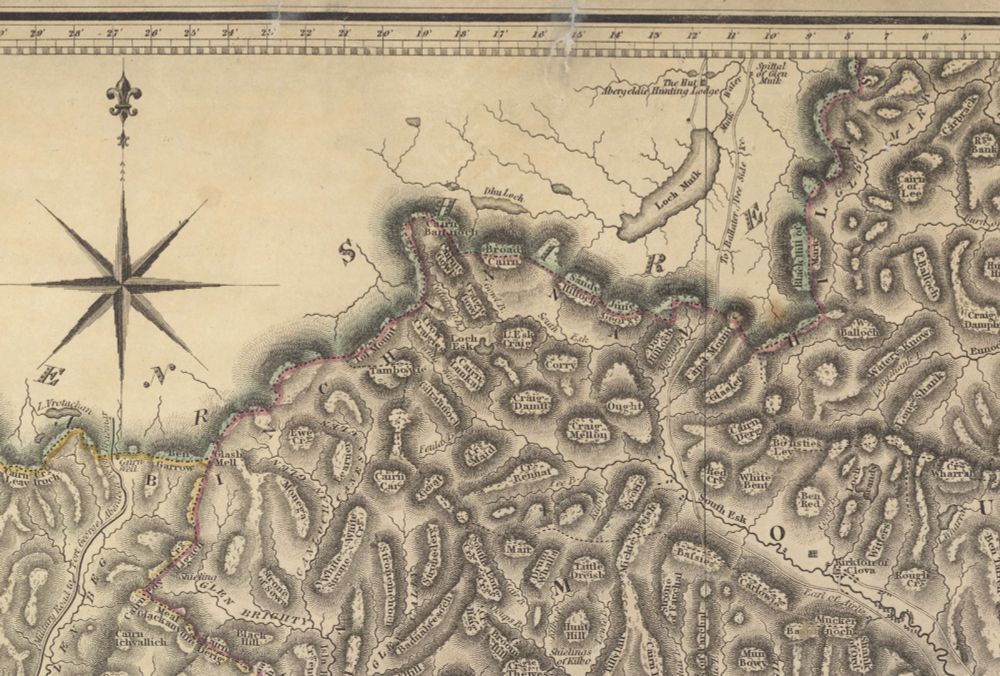
(Two Scotch miles are the equivalent of three English miles)
But over time, and apparent unfamiliarity with the hill in question, cartographers began to extend the 'Benchichins' out into its own mountain range.
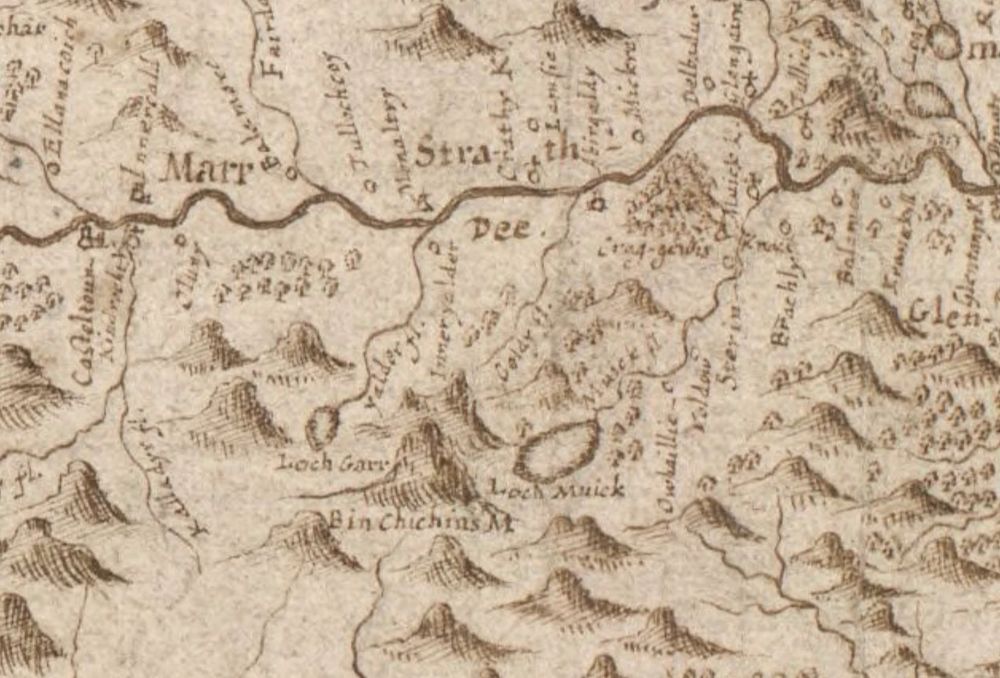
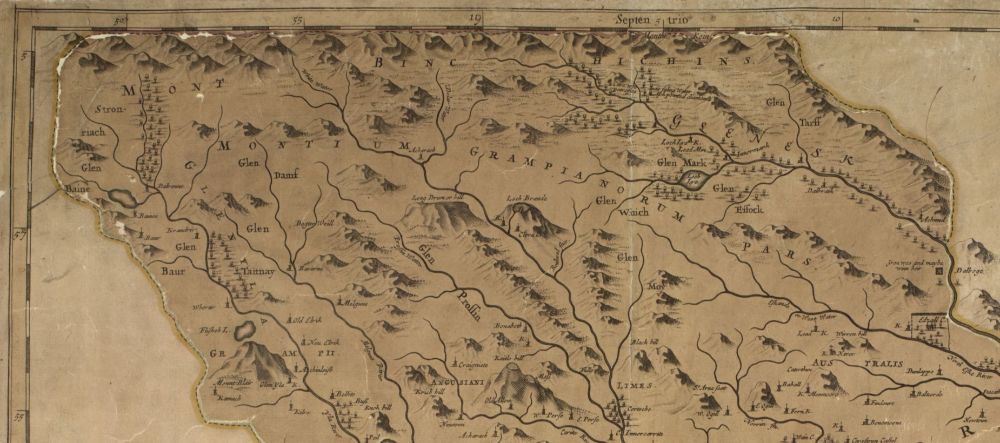
But over time, and apparent unfamiliarity with the hill in question, cartographers began to extend the 'Benchichins' out into its own mountain range.
During the early 17th century, the original Gaelic name used for the mountain recognised today as Lochnagar was Beinn nan Chìochan (the hill of the paps/breasts).

During the early 17th century, the original Gaelic name used for the mountain recognised today as Lochnagar was Beinn nan Chìochan (the hill of the paps/breasts).
According to a theory pieced together in 1925, inscriptions and suprisingly accurate coastlines of Novia Scotia found on contemporary globes indicate knowledge of the New World already existed before Columbus sailed in 1492.


According to a theory pieced together in 1925, inscriptions and suprisingly accurate coastlines of Novia Scotia found on contemporary globes indicate knowledge of the New World already existed before Columbus sailed in 1492.


Did German pirates beat Columbus to America?
Sometime in the 1470s, King Christian I of Denmark hired two German privateers "at the request of his majesty of Portugal...to explore new countries and islands in the north".

Did German pirates beat Columbus to America?
Sometime in the 1470s, King Christian I of Denmark hired two German privateers "at the request of his majesty of Portugal...to explore new countries and islands in the north".
Perhaps it was Kaempfer's kitty craving some attention during a long writing session.


Perhaps it was Kaempfer's kitty craving some attention during a long writing session.
Ultraviolet photography of this 17th-century Japanese map of Nagasaki has revealed the unsuspected paw prints of a cat.

![Map: Nagasaki ezu [長崎絵図], 1680-1688. A large-scale pictorial map of the port of Nagasaki, hand-coloured, with sketches of Dutch and Chinese ships, showing also the island of Deshima. Panels at bottom left show Chinese, Dutch and other foreigners in costume, and two tables giving distances in ri of foreign ports from Japan and details of the town of Nagasaki. Source: British Library](https://cdn.bsky.app/img/feed_thumbnail/plain/did:plc:gohbwk2wlwrjiqejxg3femmz/bafkreicguuhkpniw73yb2mqgtlbjozr77xqftpilgcwfymfs6w2rm6qdxu@jpeg)
Ultraviolet photography of this 17th-century Japanese map of Nagasaki has revealed the unsuspected paw prints of a cat.




In the sixteenth century, enormous man-eating monsters ruled the oceans. Nowhere else are these fear-inducing creatures better depicted than on the 1539 "Carta Marina" by Olaus Magnus.

In the sixteenth century, enormous man-eating monsters ruled the oceans. Nowhere else are these fear-inducing creatures better depicted than on the 1539 "Carta Marina" by Olaus Magnus.
Yet the island still persisted on charts through the 20th century, and remarkably still remains on Google Maps with a not too undecent rating of 3.8.
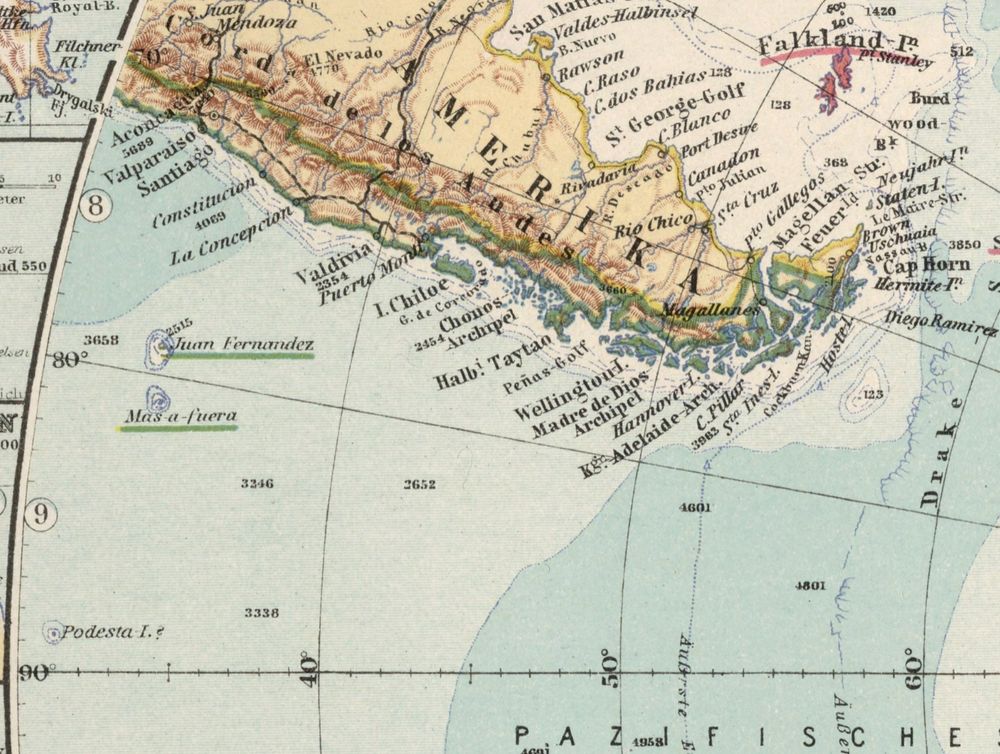

Yet the island still persisted on charts through the 20th century, and remarkably still remains on Google Maps with a not too undecent rating of 3.8.
Discovered by the aptly named Captain Pinocchio* in 1879 off the coast of Chile, it was supposedly 1 km in circumference.
*Finocchio, according to some sources

Discovered by the aptly named Captain Pinocchio* in 1879 off the coast of Chile, it was supposedly 1 km in circumference.
*Finocchio, according to some sources
The abyssal plain on the ocean floor beneath the location of this phantom island is now named Emerald Basin.

The abyssal plain on the ocean floor beneath the location of this phantom island is now named Emerald Basin.

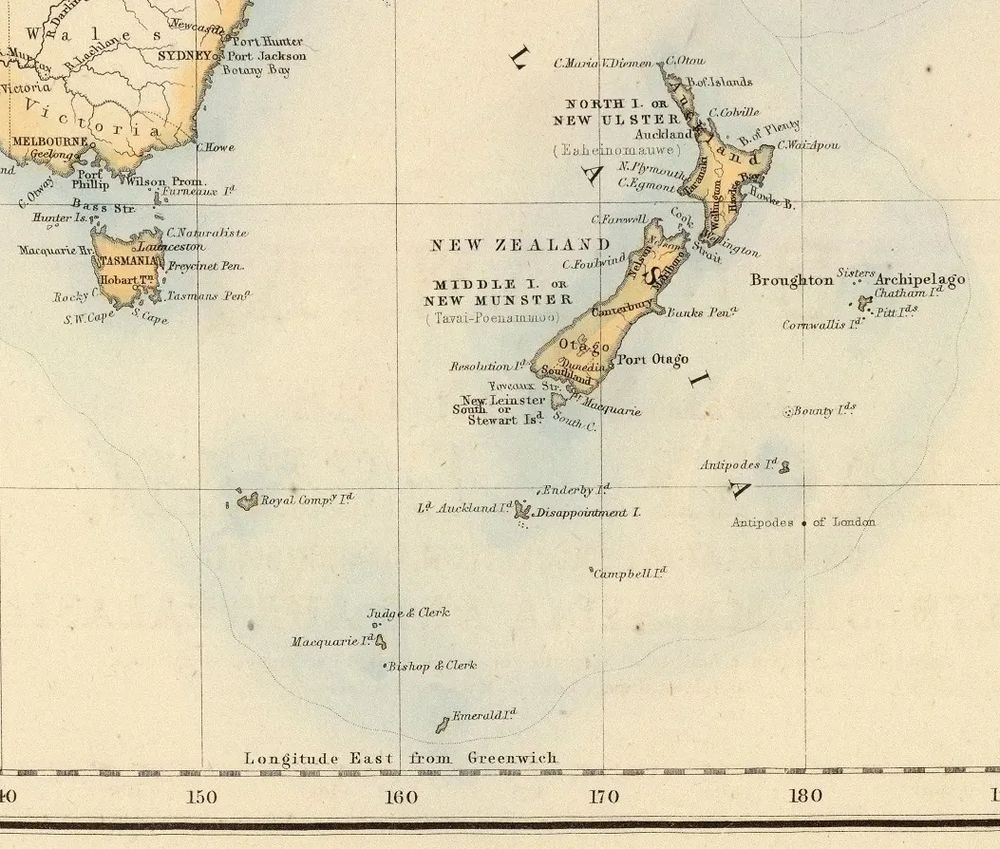

📖 mapmyths.com#mayda

📖 mapmyths.com#mayda
Some have speculated Mayda could have been a very early depiction of Corvo in the Azores, or even the crescent-shaped lands of Bermuda, Cape Cod or Cape Breton in the Americas.


Some have speculated Mayda could have been a very early depiction of Corvo in the Azores, or even the crescent-shaped lands of Bermuda, Cape Cod or Cape Breton in the Americas.
Its signature crescent shape first appears in 1367 with the label Brazir, with the more common name of Mayda appearing only later in 1553.

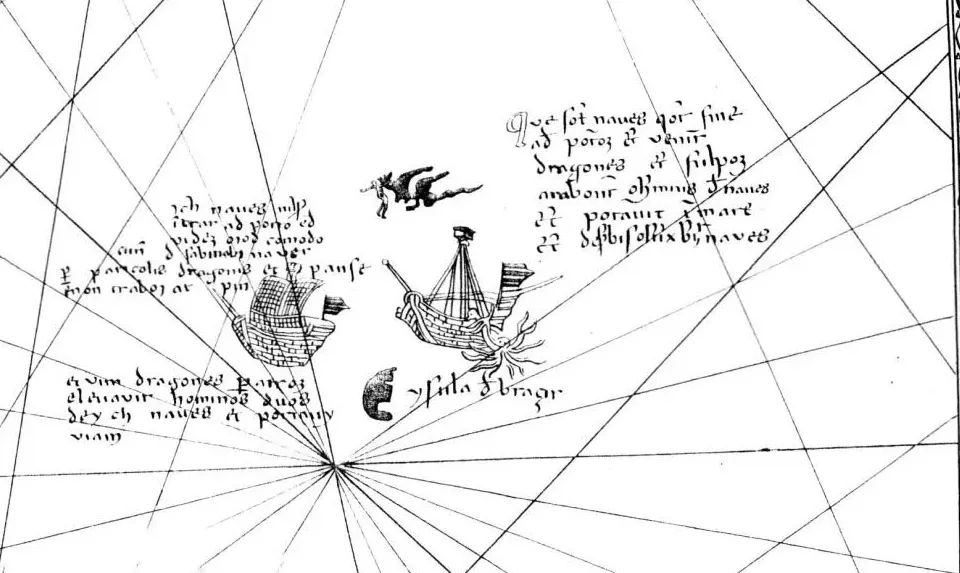
Its signature crescent shape first appears in 1367 with the label Brazir, with the more common name of Mayda appearing only later in 1553.
The duplication of the major island of Bahrain as Samak (translated to fish) can be traced to an early alternative name that was used for this island.

The duplication of the major island of Bahrain as Samak (translated to fish) can be traced to an early alternative name that was used for this island.


